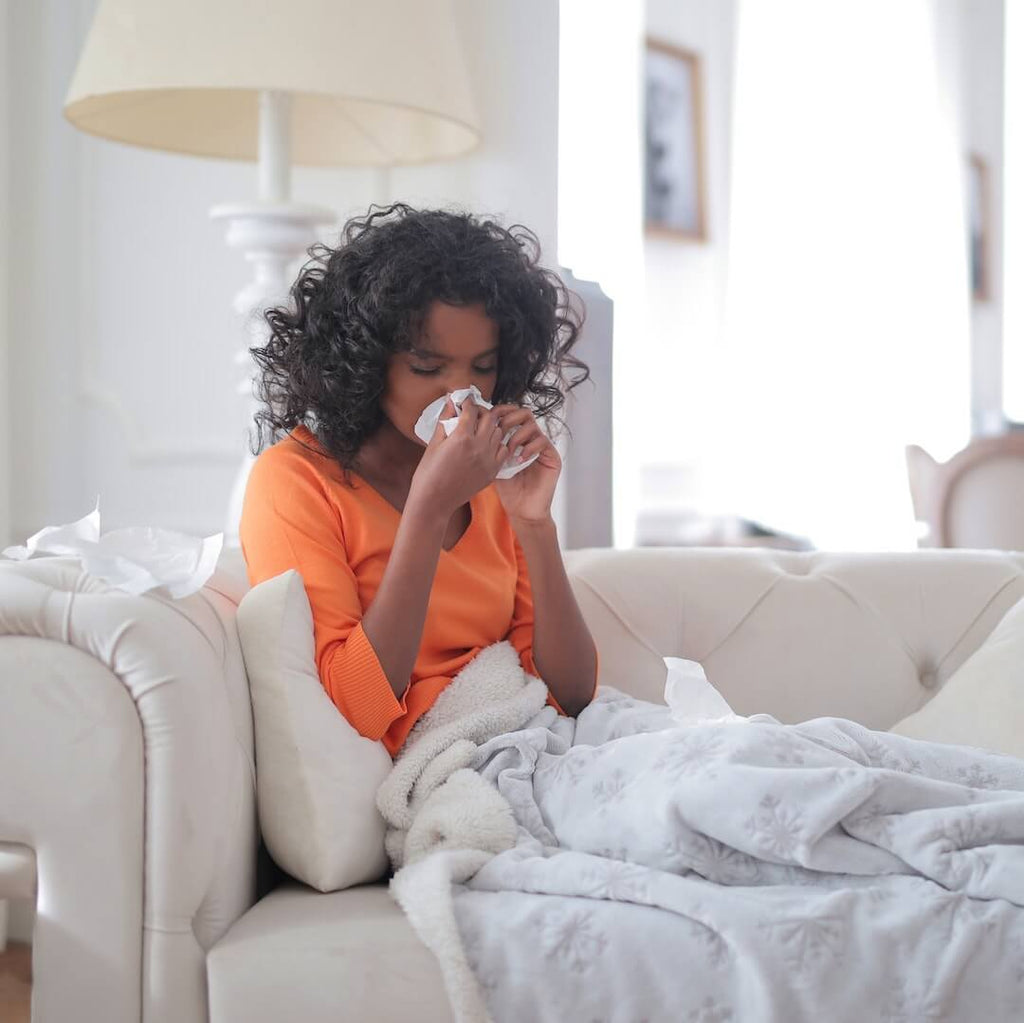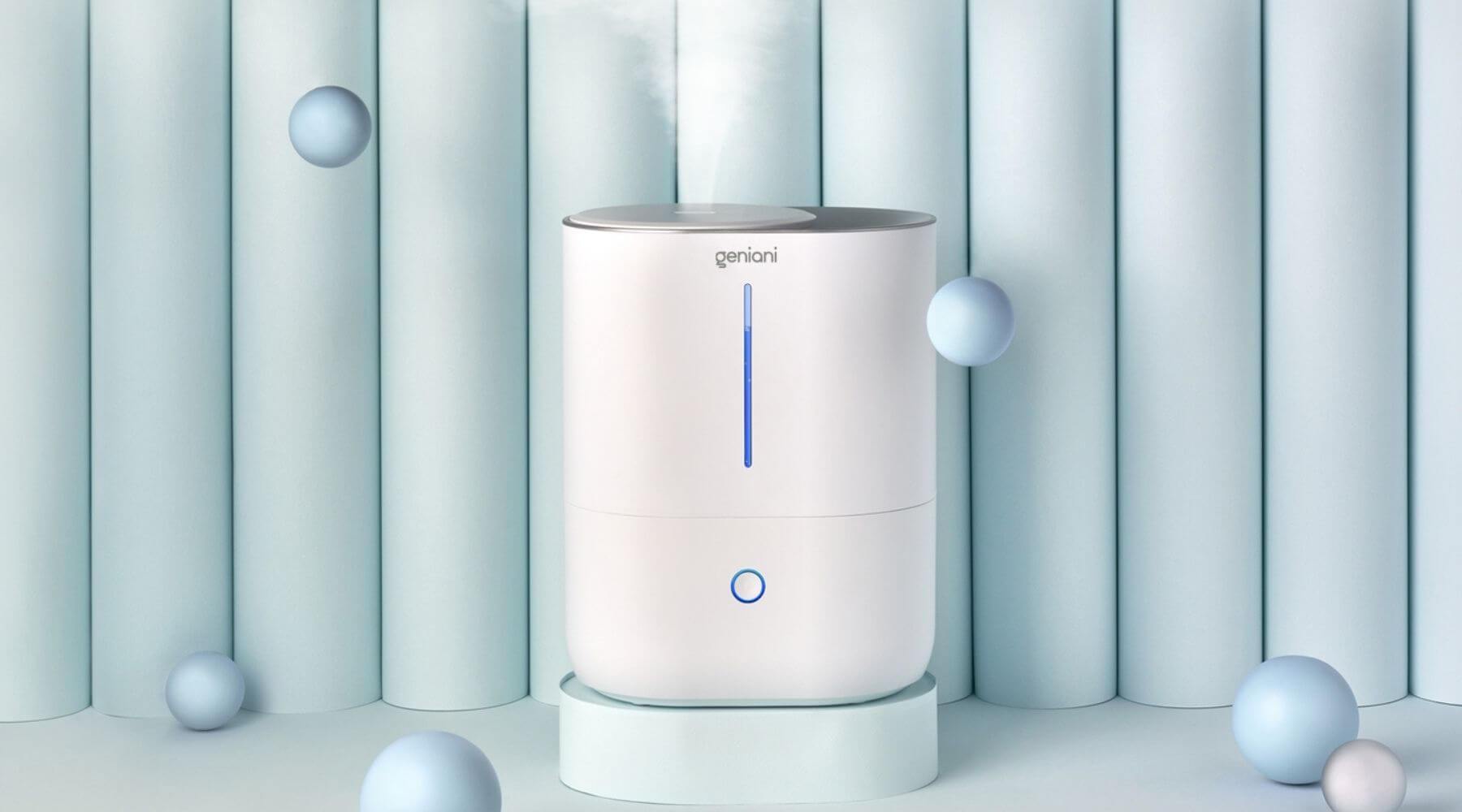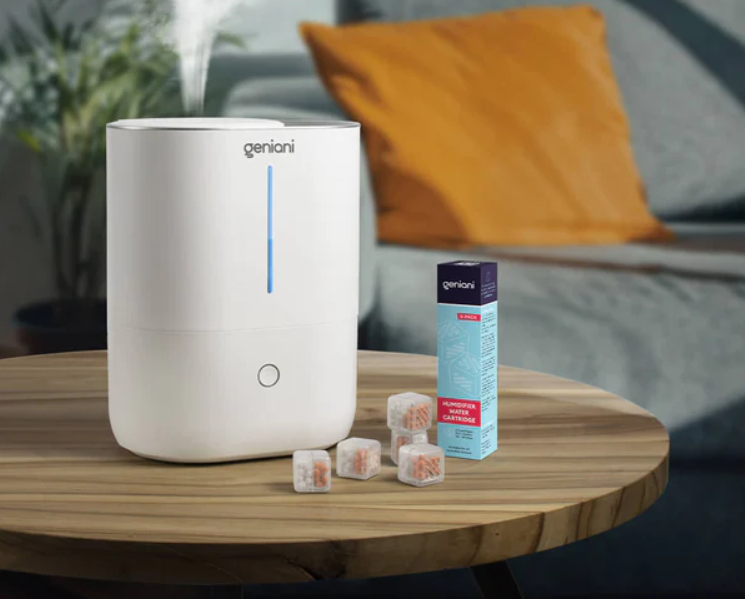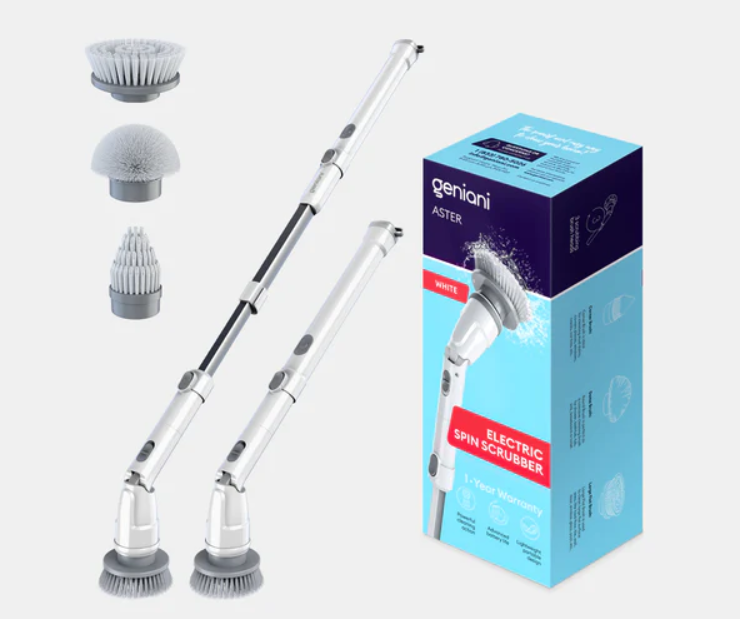Your household and workplace should definitely have the right humidity level to help everyone feel comfortable. A healthy space with pure air is beneficial for your health. We all know how important humidity can be to your skin, hair, and immune system, but did you also know that it’s vital to the health of your home? Let’s talk about what humidity is, the ideal humidity level for a house, and different techniques to maintain that level all year.
What is humidity

You might know that humidity is the amount of water in the air, and you’d technically be correct! However, it’s a little more than just that. To understand what humidity house levels are really needed, we need to talk about the relative humidity and absolute humidity.
Absolute humidity
It is the amount of water in the air, divided by the mass of air that is in a given space. Absolute humidity is an equation that looks at the literal amount of mass that moisture has in the air around you. Absolute humidity at home is expressed as grams of moisture per cubic meter of air (g/m³).
Relative humidity
This is the humidity reading that you are probably more familiar with. While absolute humidity measures the amount of water vapor in the air, relative humidity measures the current level of moisture in the air compared to how moist the air could be. So when your humidity at home is 40%, it simply means that the air around you is 40% as moist as it could be.
Poor humidity levels and your health: what you may not know
Dry air can be dangerous for you and your health. It damages your skin, eyes, and even the respiratory tract. If your humidity level at home has decreased you may get sick. The changing of the seasons can be harmful too, it can often result in a dip in water vapor that causes you to feel like you have a cold. If you have certain breathing conditions, decreased humidity can cause even more damage. Studies have shown that relative humidity in indoor environments may spark respiratory illnesses and other problems due to allergens.
Common problems caused by high indoor humidity
It is extremely dangerous to have a high humidity level at home. Too much moisture in the air promotes the growth and spread of mold, mildew, fungi, bacteria, and viruses. These contaminants pollute indoor air, which causes illness, and damage to your home. Asthma and allergy sufferers may notice the worsening of their diseases because of the high humidity levels. The home feels muggy and the atmosphere is really uncomfortable. You may notice visible condensation on windows and walls. Mugginess can leave you feeling hot. So, you start to turn up the air conditioning and expend more energy. Unfortunately, this increases your energy bills.
Problems caused by low indoor humidity

The dry air at home can cause several problems with your respiratory tract. It may increase symptoms of asthma, and allergies. Plus, cold and flu viruses may spread more rapidly, and you may be more prone to sinus infections. The skin becomes too dry, you will notice chapped lips and dry air passageways. Dry air causes your body to feel colder, despite a warm indoor temperature. As a result, you will definitely want to turn up the heat to stay comfortable. Therefore, more energy is expended to heat the home when a boost in humidity could have kept you comfortable for less cost. Dry air is damaging to homes. Wood and other building materials, as well as furniture, are robbed of moisture when the air is dry. Cracks and damage can occur to the flooring, trim, and even framing around windows and doors. You should definitely increase the humidity at home to feel comfortable in your living space.
The link between improper humidity and feeling depressed
According to psychologists, humidity affects your mood! Some interesting studies say it might influence brain chemicals that regulate mood. The lower the humidity, the lower the oxygen levels in your home. Therefore, your mood can worsen. Moreover, living in a home with the wrong humidity levels can disrupt some basic functions like sleeping or staying hydrated. Not enough sleep and dehydration can both greatly impact our mood.
Why is humidity lower in winter
Most of the reason is that cold air is dry air. The lower the temperature, the less water can exist in the vapor state. You may have high relative humidity, but the actual amount of water vapor in the air will drop as the temperature drops. Cold air is dry air. When that cold air outdoors comes into your home it mixes with your indoor air. The result is less overall water vapor in the indoor air, too. Of course, you have to consider the humidity-generating activities in the home, too. Anyway, just remember that cold air is dry air. The more cold, outdoor air you bring into the home, the drier the indoor air will be.
How to measure the indoor humidity level

Measuring the humidity at home will provide you with helpful information. Everyone can easily check it with the help of a hygrometer, which is an inexpensive gauge that looks like a thermometer. The rooms at your home with higher humidity levels are definitely bathrooms, kitchens, and laundry rooms. Bedrooms and rooms closer to these areas will have a higher humidity level than ones farther away. Once you have an accurate idea of just how humid your indoor surroundings are, you can take steps to get to a more ideal moisture level.
What should humidity levels be in a house
Most studies place ideal relative humidity in your home between 40 and 60 percent. However, it changes due to the different seasons and the weather outside. For example, in the winter, your humidity levels could be lower than 40% to avoid condensation on the windows.
This temperature guide will show you where to keep your indoor relative humidity levels to ensure comfort.
- If the outdoor temperature is over 50˚F, indoor humidity levels shouldn’t be more than 50%
- Outdoor temperature over 20˚F, indoor air should be less than 40%
- If the outdoor temperature is 10˚F-20˚F, indoor humidity levels shouldn’t exceed 35%
- 0˚F and 10˚F – indoor humidity levels shouldn’t be more than 30%
- If the outdoor temperature is between -10˚F and 0˚F, indoor humidity levels shouldn’t exceed 25%
- -20˚F and -10˚F – indoor humidity levels should be less than 25%
- -20˚F or lower – indoor humidity levels shouldn’t exceed 15%
What to do if humidity levels are too low

Low humidity or lack of moisture means the air in your house will be too dry. But you can change everything by buying a great humidifier. This device easily increases the humidity level to keep the atmosphere at home comfortable for every family member. Humidifiers must be kept clean, and filters should be changed regularly according to the manufacturer’s instructions. Make sure you purchase a humidifier that will cover the area where it will be used in your home and one that holds plenty of water – you don’t want to be constantly refilling it.
What to do if humidity levels are too high
If the humidity is too high in your home or basement, there are two ways you can decrease it. You can install exhaust fans in rooms where there are higher levels of humidity, such as your kitchen, laundry room, and bathrooms. But unfortunately, it is really expensive. The second method is to purchase a dehumidifier. A dehumidifier is a device that has both hot and cold coils. A fan blows air over the cold coil that condenses the moisture in the air, which drips down into the collection area. The air is then passed over a hot coil to restore it to its original temperature. For the best results, you should empty the water from your dehumidifier regularly.
What is an ideal humidity indoors
If you or your relatives continue to sneeze or have congestion, then you should check the humidity levels. If you notice high or low humidity levels at your house, now you know what to do! Remember, the ideal indoor humidity level should remain between 40 and 60 percent typically, but this can change depending on the season.







